Three Cheers for Choosing PDi
Patient TVs - Tablets - Telehealth As part of our 40th Anniversary celebration, we’re publishing a special series of blogs throughout 2020. Each...
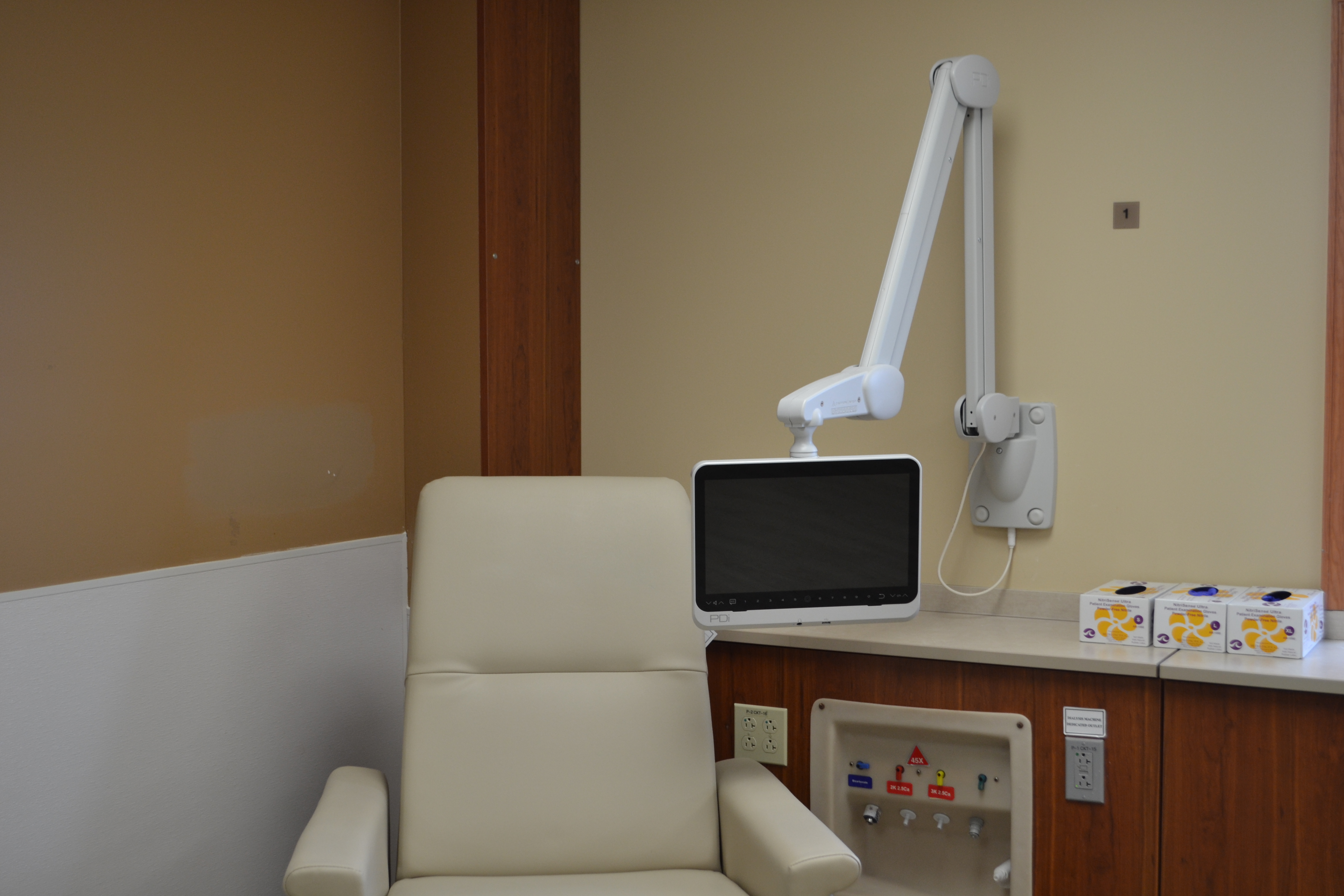
It’s no secret that the patient television is the unofficial lifeline in the healthcare space. Sure, patients are often connected to truly life-saving medical devices, whether it’s an IV of fluids, a dialysis machine or a heart rate or oxygen monitor. These are critically important to their health and the care providers can give patients. But when those providers leave the room, patients can’t interact with these machines and boredom can set in quickly.
This is where the patient television begins to shine. Offering bedside personal televisions that patients can interact with conveniently can be a simple way to make a significant difference on the patient experience. Being in a hospital or clinic can be stressful and lonely when providers and visitors aren’t with you. With an easy-to-access television or tablet an arm’s reach away, patients will always be able to entertain themselves.
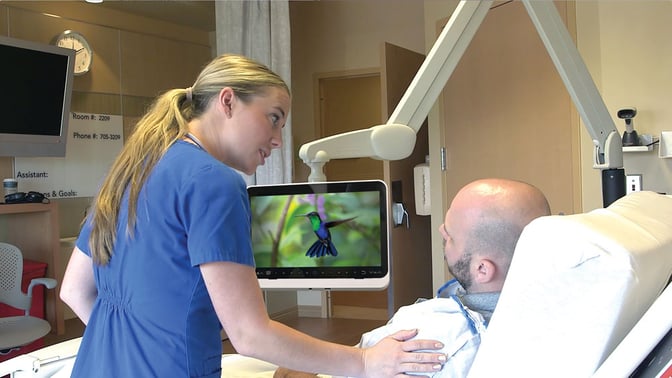
It’s important, though, to ensure that these personal devices are UL-Listed healthcare-grade and safe for patients to use. Personal tablets and other technologies are incredibly popular, but they could pose a risk to patients who have an IV break in the skin. If they aren’t designed to be low-voltage with less current leakage potential, they could be a shock risk to these patients.
Personal televisions and tablets also need to be securely mounted. Not only does this provide a more comfortable experience for the patient, as it eliminates the need for them to hold the device, but it also creates a safer environment. Non-mounted devices can easily be dropped, and if the patient is feeling independent, they could try to retrieve it themselves, which could lead to a fall risk. Arm-mounted patient television systems, like medTV16, are continuously powered, built for 18 hours of daily use, and eliminate the need for charging bays for consumer tablets in the hospital or clinic. Complete PDi arm systems have OSHPD approval too.
The TV or tablet is the patient’s primary method of distraction, and it contributes greatly to patient satisfaction. Choosing to provide an arm-mounted, Pro:Idiom personal, bedside TV device gives the patient the same experience as a 90” wall television. Because a 90” TV is likely impractical in many healthcare settings, such as semi-private acute care patient rooms, emergency bays, surgery or endoscopy centers, dialysis clinics or infusion pods, the best way to provide the best A/V experience are smaller, personal devices. Patients can see and hear better on personal TVs, read closed captions more easily, and can position the TV exactly where they want it.
Once you choose your TV display device, it’s time to give patients access to every channel the facility is paying for with DIRECTV, in-house education channels, DVD or rooftop antenna sources. You want to make the most of your investments and ensure that all your patients have access to all the channels on your subscription. The COM3000 headend video solution by DIRECTV is ideal for large installations with hundreds of beds where you have more TVs than channels. However, smaller clinic facilities with only a handful of televisions can have a difficult time accessing all the channels cost-effectively.
PDi has a DIRECTV Interface Minimod solution, great for small clinics, that seamlessly integrates with your channel provider and your television at the headend to provide easy access to all channels on all patient televisions. It has a small footprint, fits all standard headend racks, and helps keep everything technical at the headend so patients can enjoy an intuitive, familiar television experience. Download this graphic to see how the PDi Minimod solution will fit your clinic.
Patients expect to receive television access, but why not exceed their expectations with something extra? Without needing a subscription or Internet, medTAB, powered by PDi, provides preloaded games and relaxation options on a touchscreen device that patients can use at their leisure. If you don’t mind having Internet, you can easily setup medTAB with quick links to social media, news pages and other popular websites.
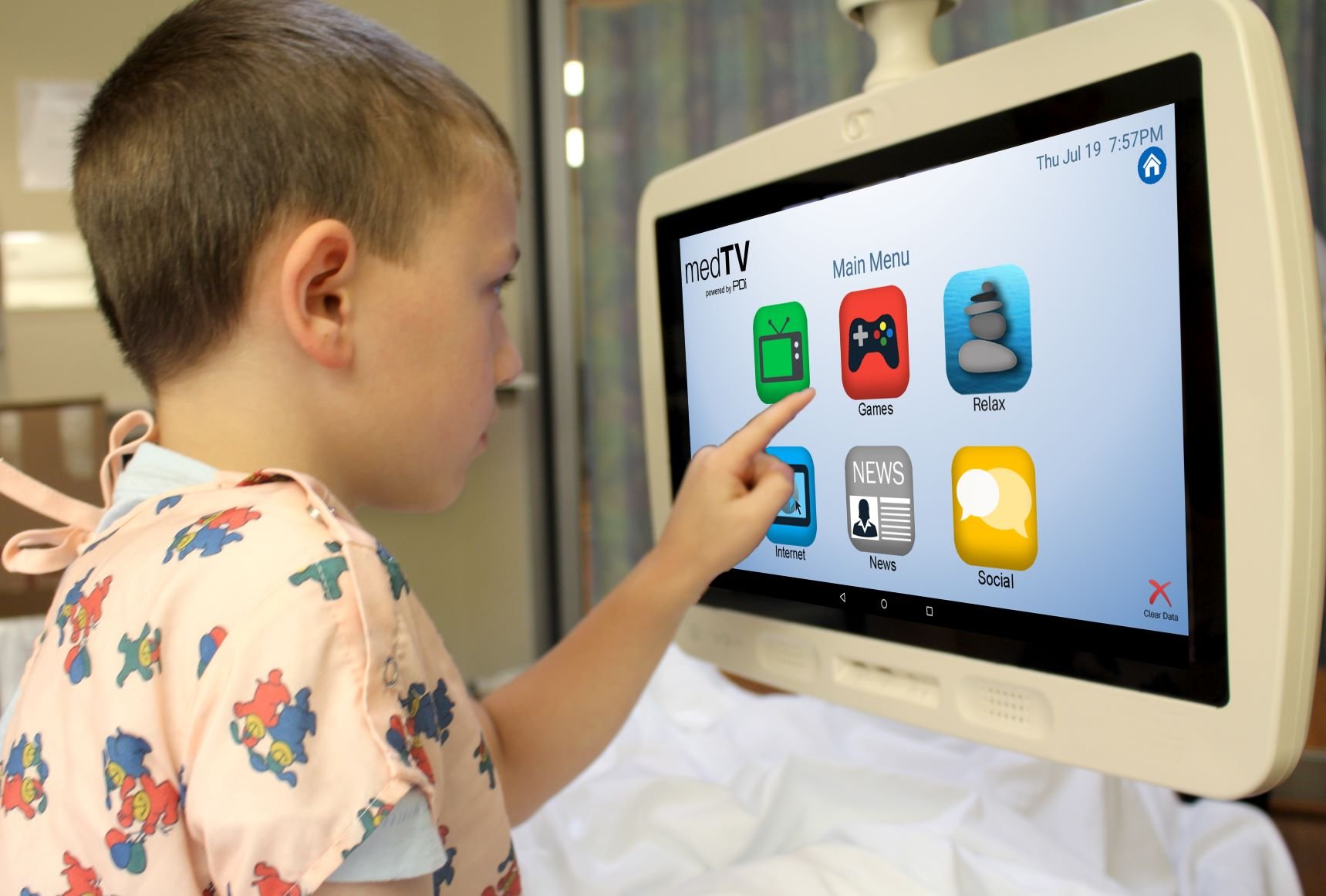
When choosing the ever-important patient television, it’s important to put yourself in the patient’s position and understand what they really want. Whether it’s a personal television, enhanced entertainment or access to the Internet, you need to know the important factors for your patient population and patient satisfaction initiatives. Once you know what you need, it’s time to select a device that not only provides great entertainment but that prioritizes patient safety, as well.
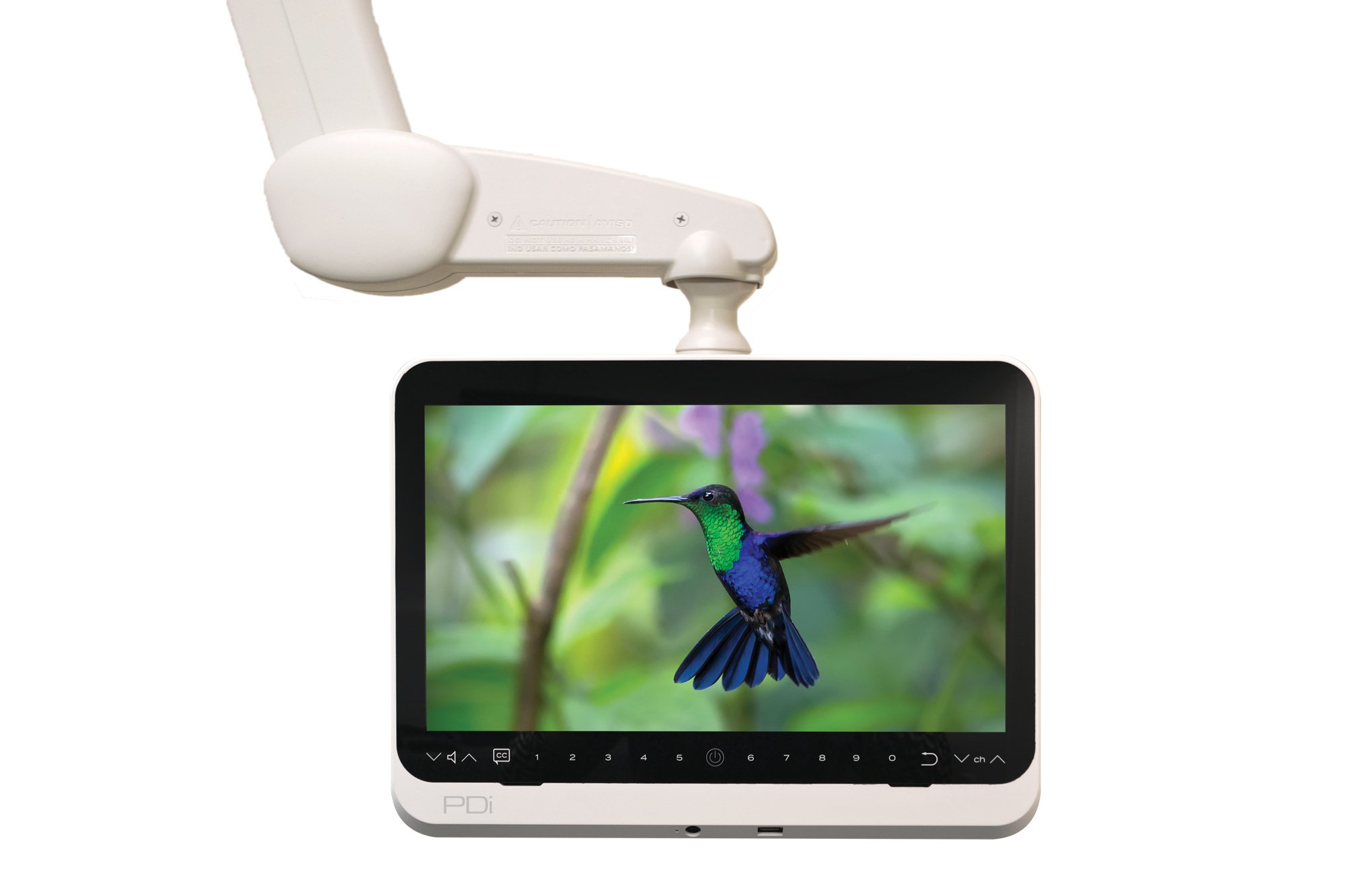
Patient TVs - Tablets - Telehealth As part of our 40th Anniversary celebration, we’re publishing a special series of blogs throughout 2020. Each...
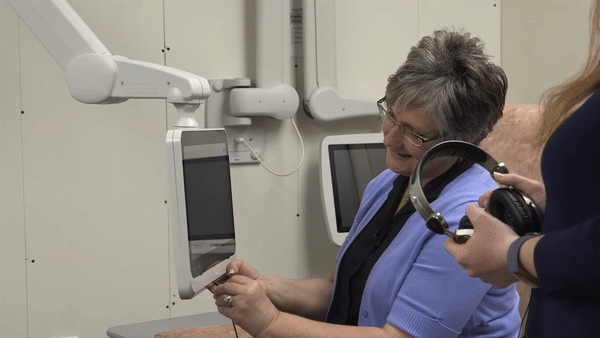
As part of our 40th Anniversary celebration, we’re publishing a special series of blogs throughout 2020. Each month you’ll see insights from a...
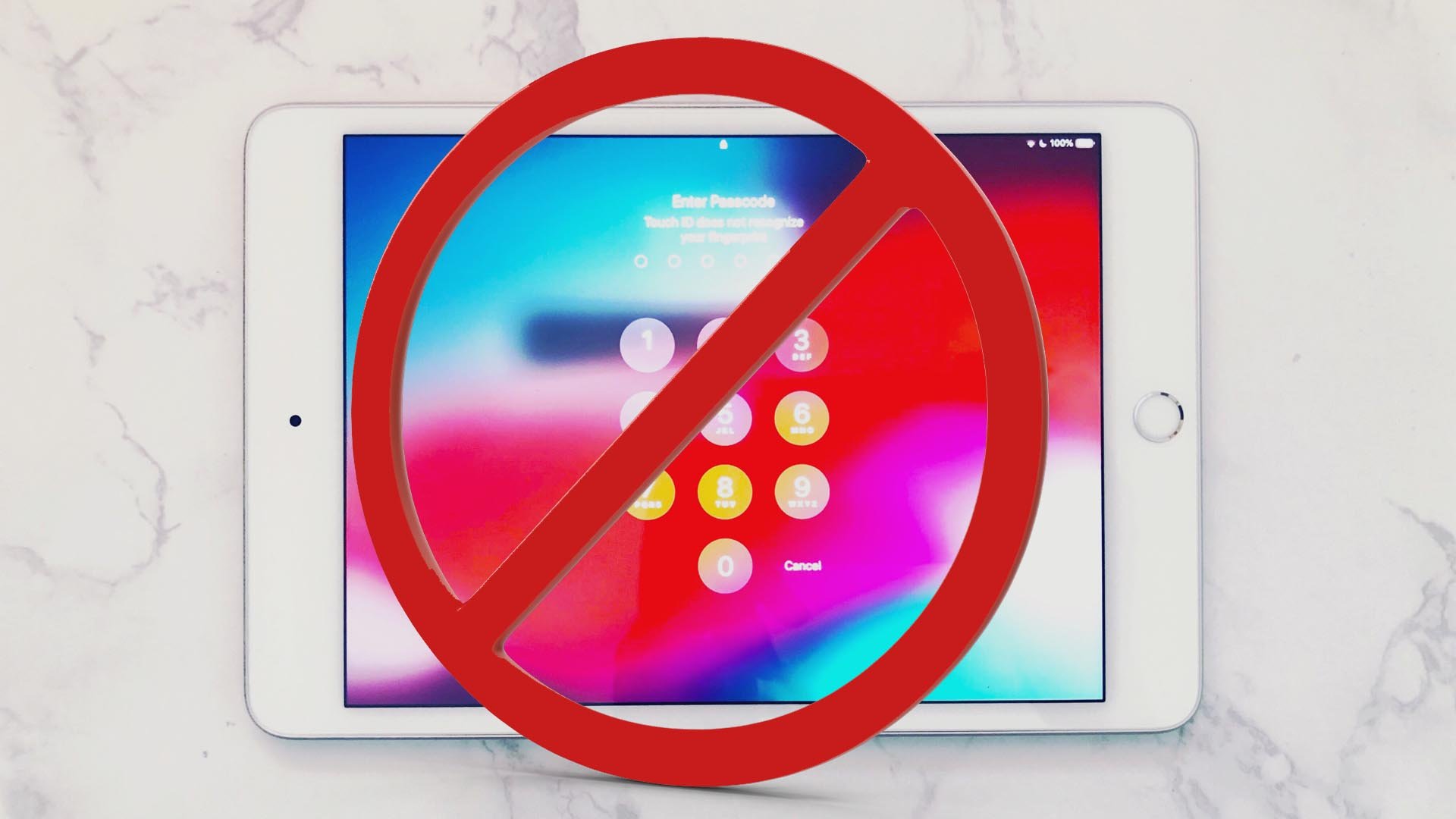
1 min read
Updated December 10, 2024 by Cat Saettel Patients can easily feel lonely during infusion therapy or a hospital stay. Healthcare organizations can...